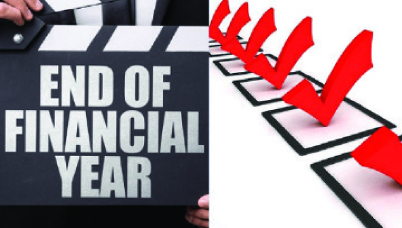If you’ve ever played or watched sports, how did you know if your team won or lost? You kept score. If you were a player on the team, how did you get better at the sport? You practiced good habits repeatedly and corrected your bad habits. Then, how did you know that you were getting better? You measured your progress. You probably had a coach as well.
When it comes to your finances for year 2021, how did you do? Did you win or lose? Did you practice good habits and correct bad ones? Did you measure your progress? If you are like most people, your answers may be “I don’t know,” “I hope so” or “I think so.” Your personal and/or business finances are such an important part of your life, wouldn’t you like your answers to be more solid? If you answered YES, keep reading, you are going to learn one financial tool to get started.
Keeping Score — There is a way for you to keep score and know from year to year if you are doing better financially or worse. The name of this tracking tool you may have heard of before but you may have dismissed it as something only accountants use or a tool people only use in business. It’s your personal balance sheet. The balance sheet provides you an overall picture of your wealth at a specific period in time. It may change daily, but you don’t have to look at it daily. Think of it like a progress report or report card, telling you how well you are doing in school. This will tell you how well you are doing financially and if you have been making good choices, the bottom number on the sheet, called net worth, will be higher every time you look at this sheet. If you have been making poor financial choices, well you guessed it, the bottom number will be lower.
So how do we put together this balance sheet? Accountants will tell you it’s assets minus liabilities that will equal your net worth. I’m going to simplify that for you as we all know we didn’t learn personal finances or accounting in high school and if we were lucky enough to have learned it, we may have forgotten it or not used it. Assets are basically what you own, things you’ve purchased. So, these would be your house, car, furniture, jewelry, TV, cash, investments, real estate, etc. Liabilities are what you owe on the things you own and other debts. Your mortgage, car loan, credit card debt, student loan debt, lease obligations are the most common personal liabilities. When you take the total of all the items you own and subtract out all the things you owe, you come up with a number, that is your net worth. Sometimes that number is negative or positive but not as large as we would like, but it’s now a benchmark for you to keep score, it’s a starting point.
Here is a simple example. Mark and Mary have a home worth $150,000, a car worth $20,000 and they estimate all the things in the house (TV, Furniture, jewelry) are worth $10,000. They have $500 in cash and unfortunately no investments. Their assets are the total of these items or $185,500. However, they have a mortgage, car loan and credit cards and these are their liabilities. The amount owed on the mortgage is $100,000, total left on the car loan is $18,000 and they have credit card debt of $12,000. Making their total liabilities $130,000. When we take their asset total, $185,500 and subtract their liability total $130,000, we see their net worth is $55,500.
Now that you know how to put together your personal balance sheet, your goal is to increase that number every year, by increasing your assets and/or decreasing your liabilities (paying them off or down) and ultimately increasing your net worth. You can do that by practicing good habits, correcting bad ones, and measuring your progress. Those topics are for another discussion. Keep learning and have a Happy New Year!.

